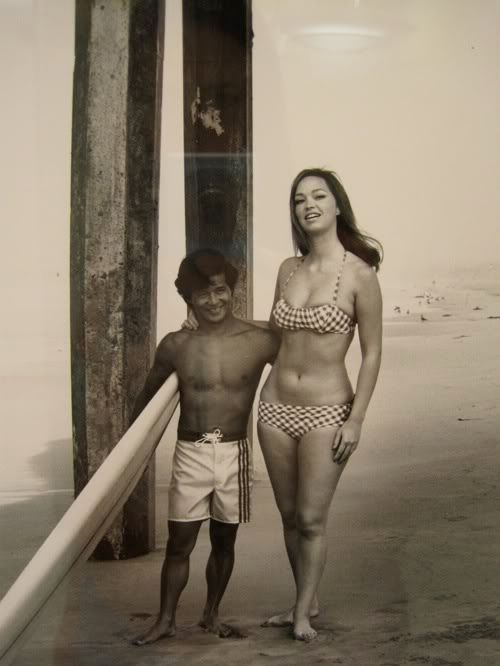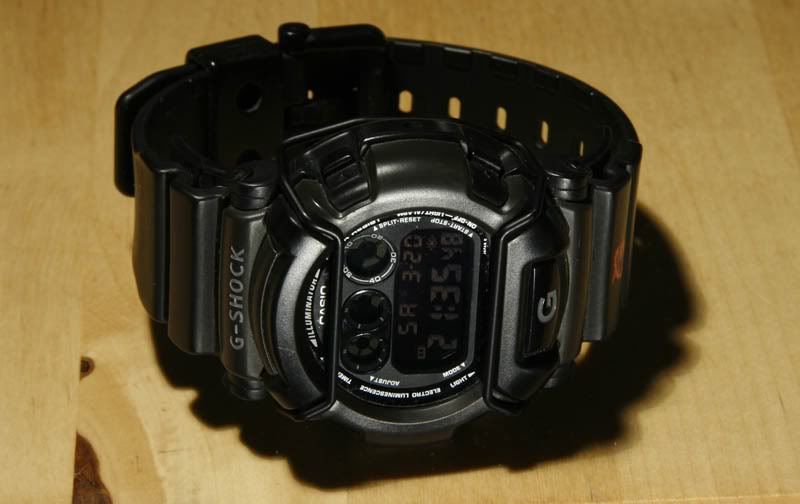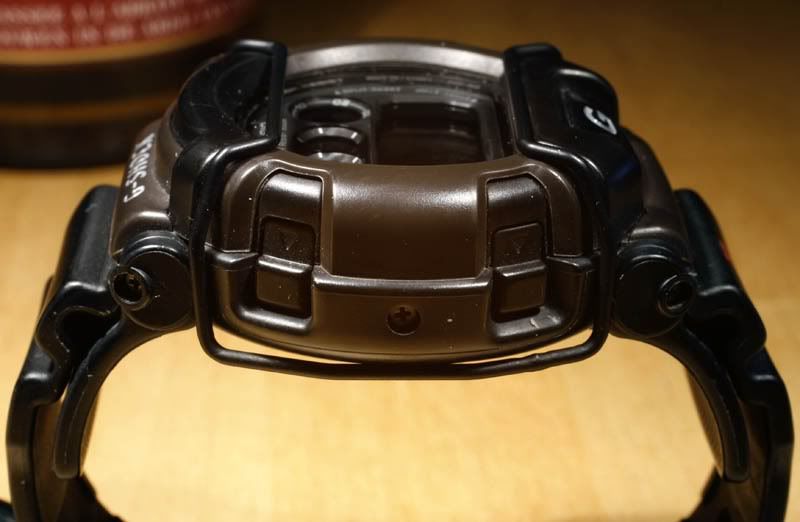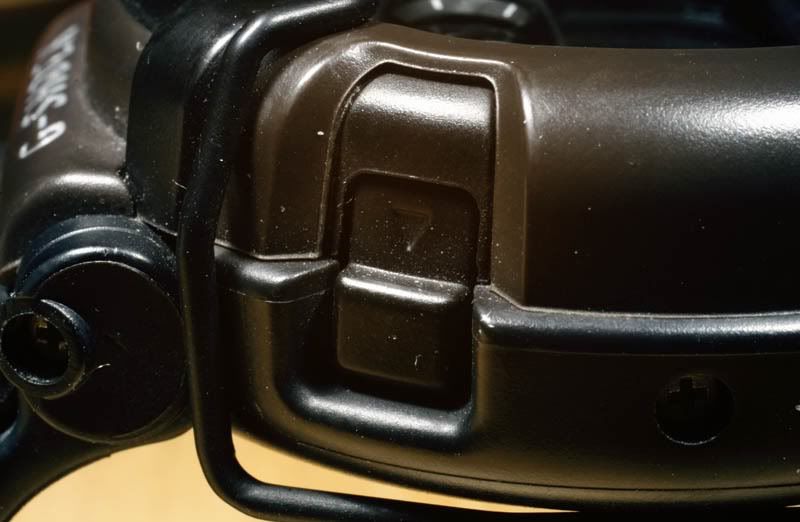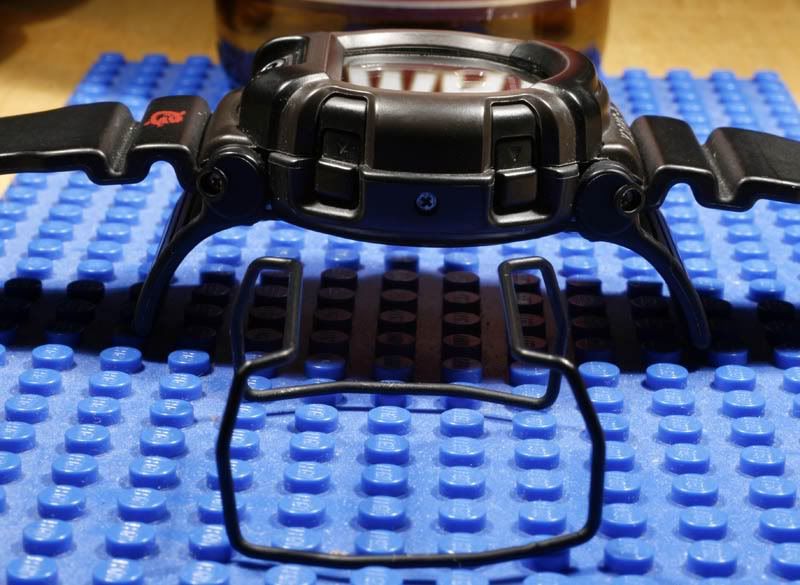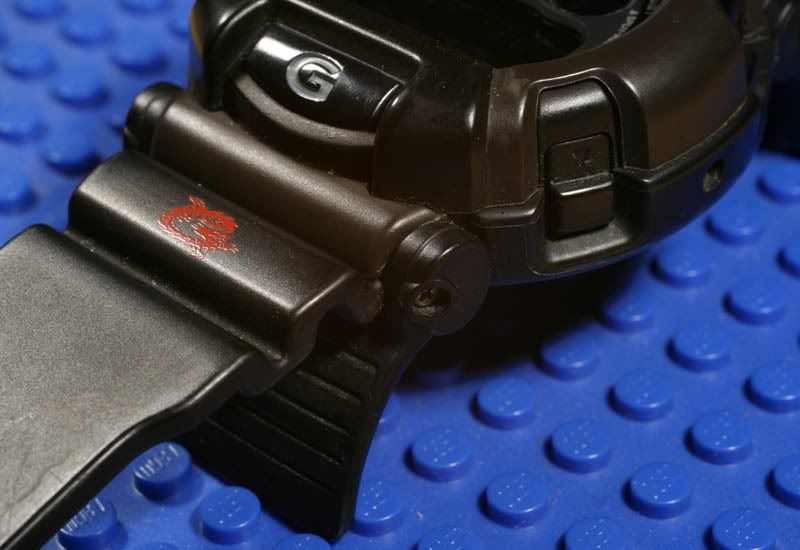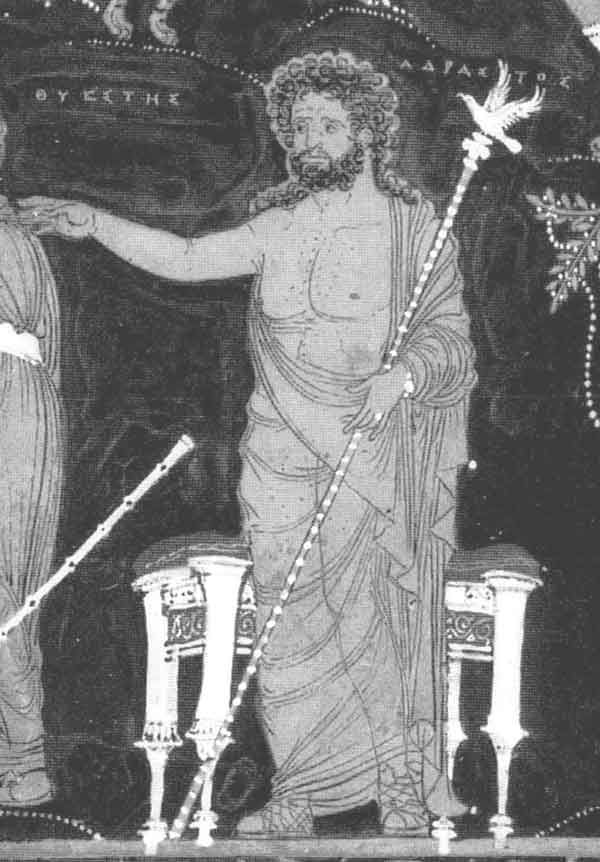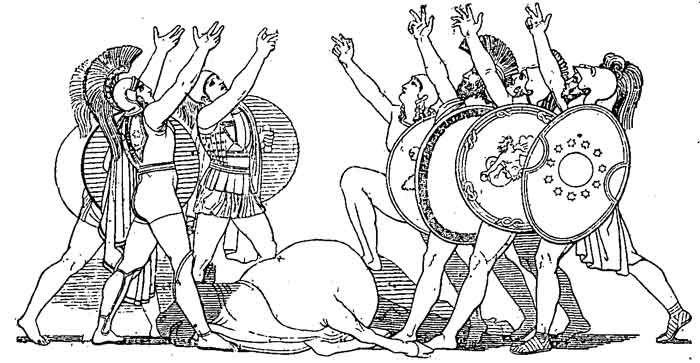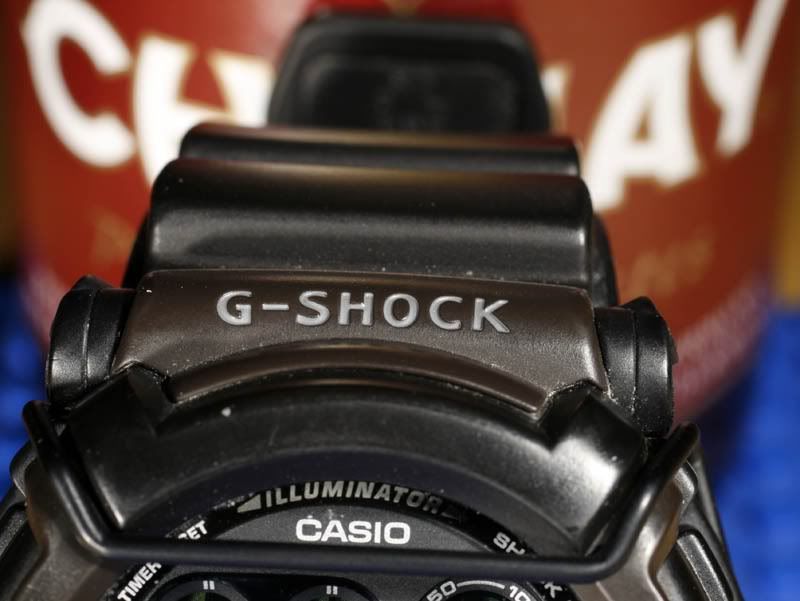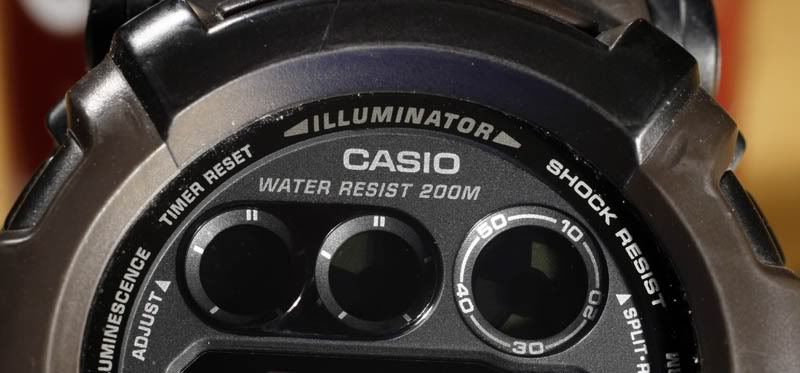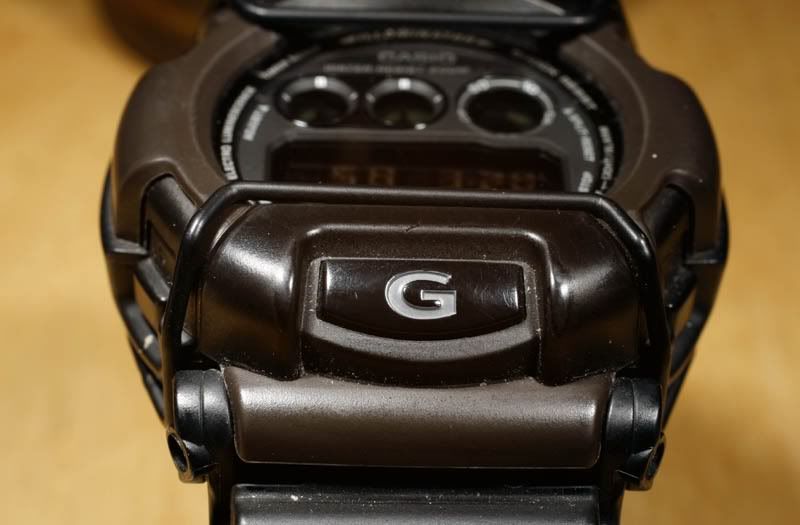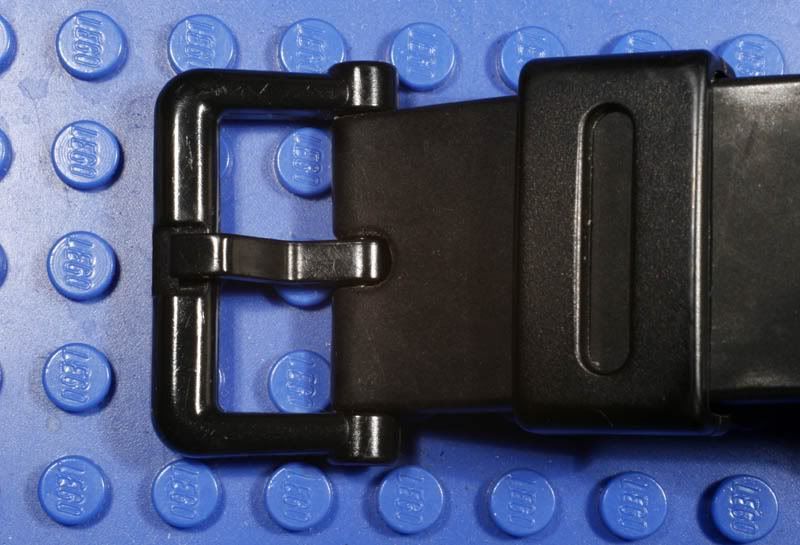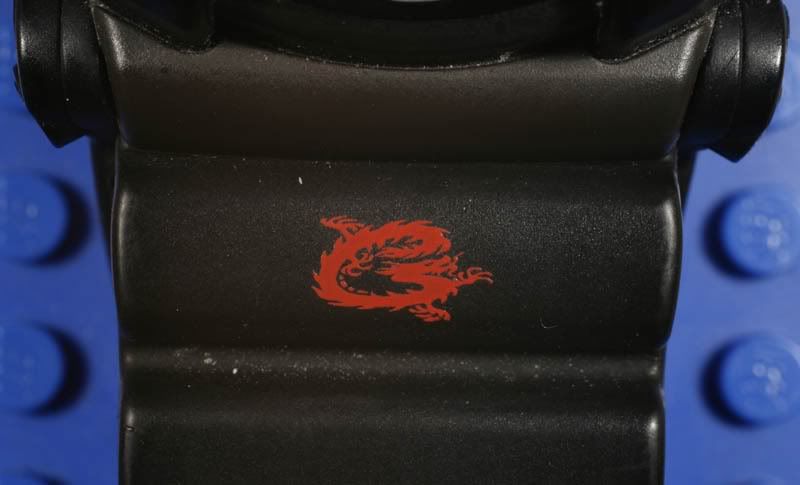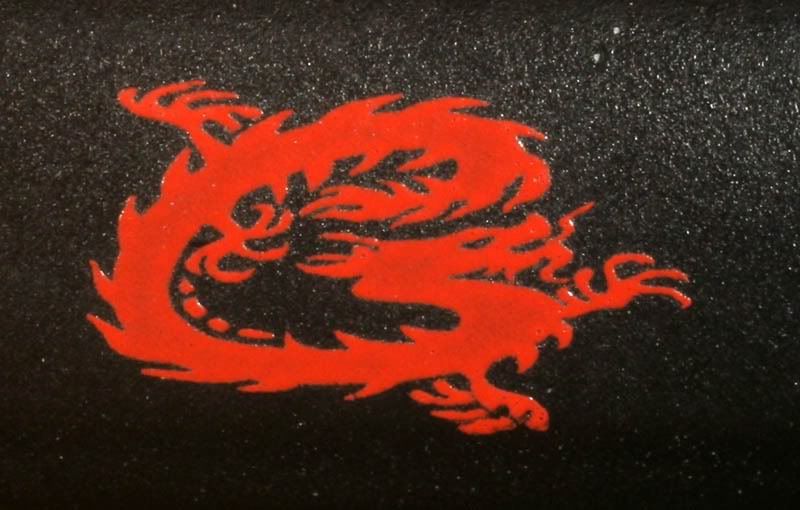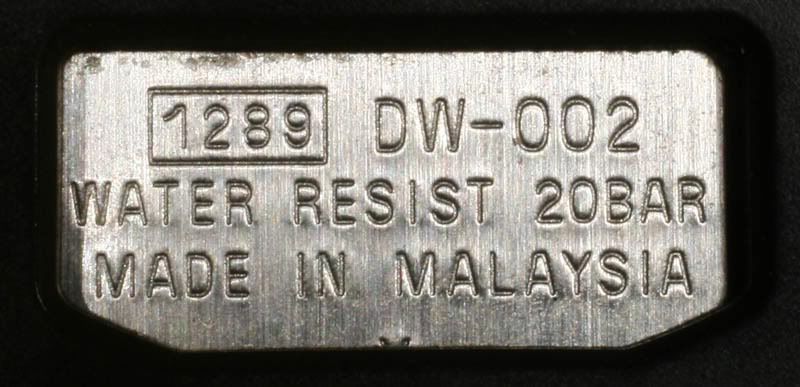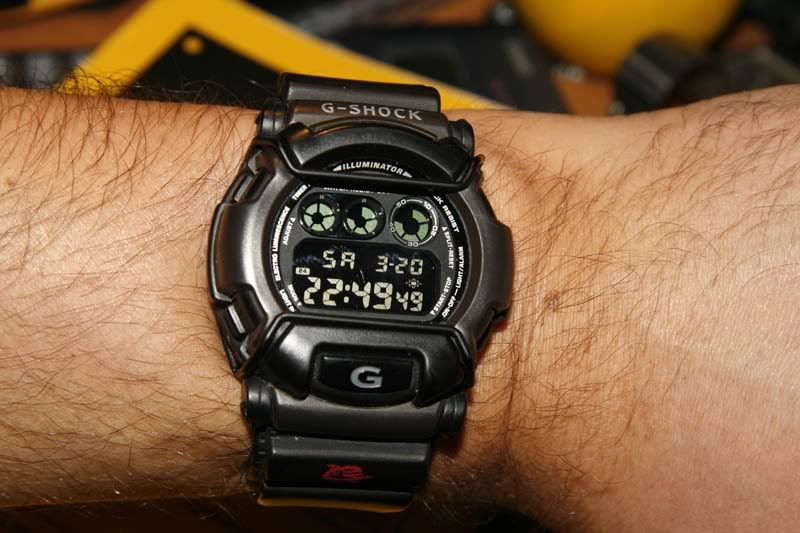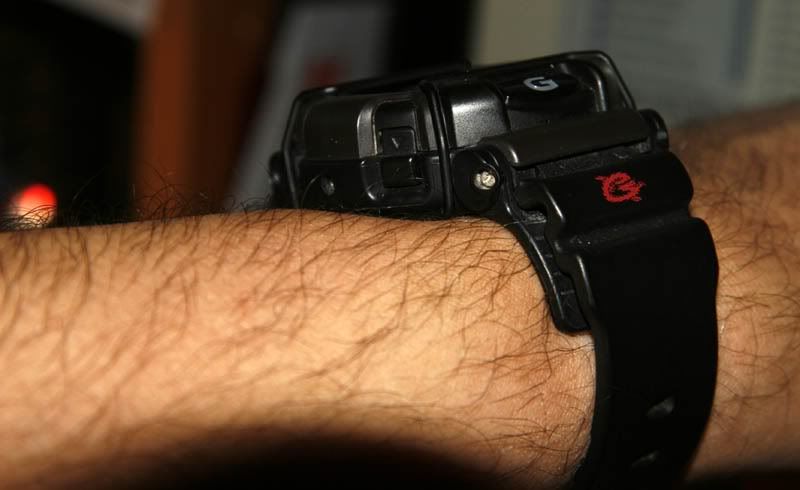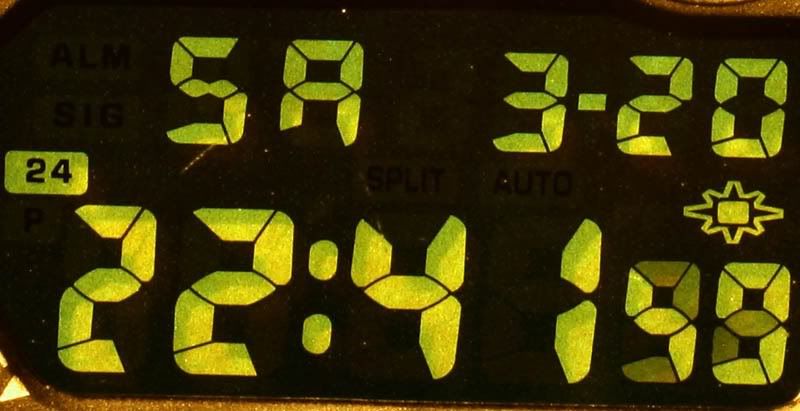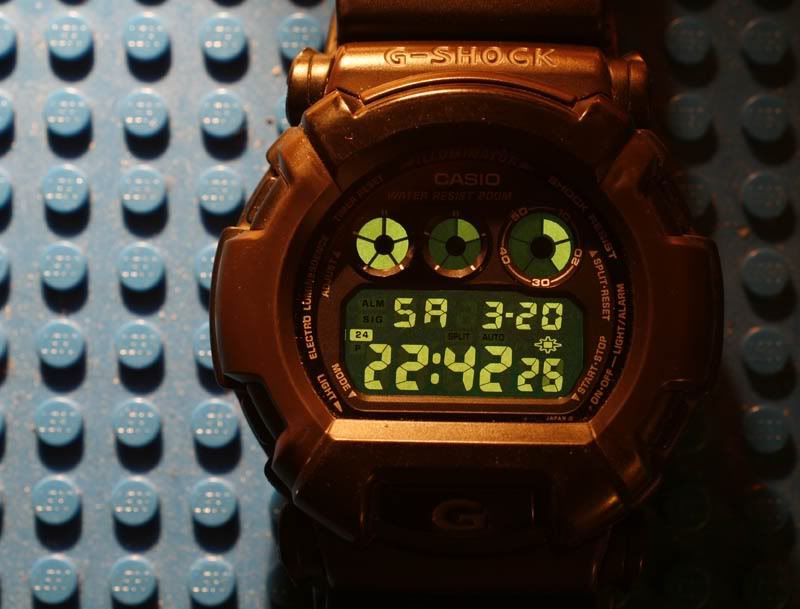 For almost one and a half year I own an iPhone. Although it didn’t match all my expectation (I hoped it could also replace my dying PDA, but instead I had to buy an additional netbook) , it has grown to one of my most important instruments that I’m carrying. One of the most used applications I use is the weather app. I have not only added my hometown and places that I have or am about to visit, but also I have added Honolulu. Just to show the nice temperatures all the year around. While it’s now 6°C and raining in Middelburg, in Honolulu it’s like every day around 28°C. It must be like a paradise on Earth.
For almost one and a half year I own an iPhone. Although it didn’t match all my expectation (I hoped it could also replace my dying PDA, but instead I had to buy an additional netbook) , it has grown to one of my most important instruments that I’m carrying. One of the most used applications I use is the weather app. I have not only added my hometown and places that I have or am about to visit, but also I have added Honolulu. Just to show the nice temperatures all the year around. While it’s now 6°C and raining in Middelburg, in Honolulu it’s like every day around 28°C. It must be like a paradise on Earth.
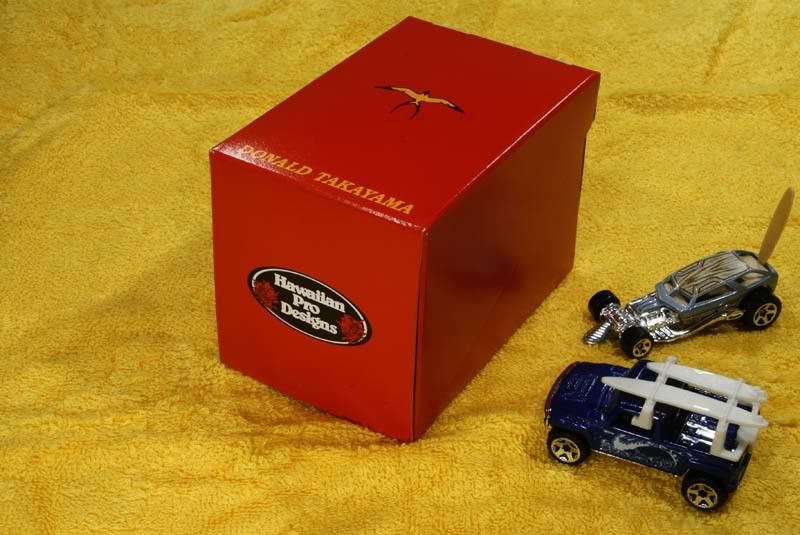
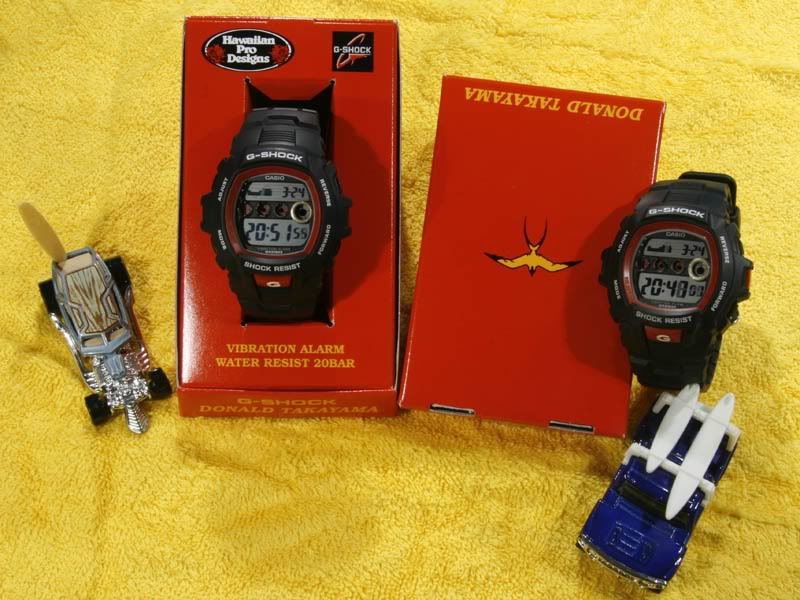 Actually I was always interested in Hawaii, already as a child. I made an extensive Geography project about this volcanic islands group on primary school. Since we don’t have high waves as on the Maui north shore, surfing was for me back then a complete unknown phenomenon.
Actually I was always interested in Hawaii, already as a child. I made an extensive Geography project about this volcanic islands group on primary school. Since we don’t have high waves as on the Maui north shore, surfing was for me back then a complete unknown phenomenon.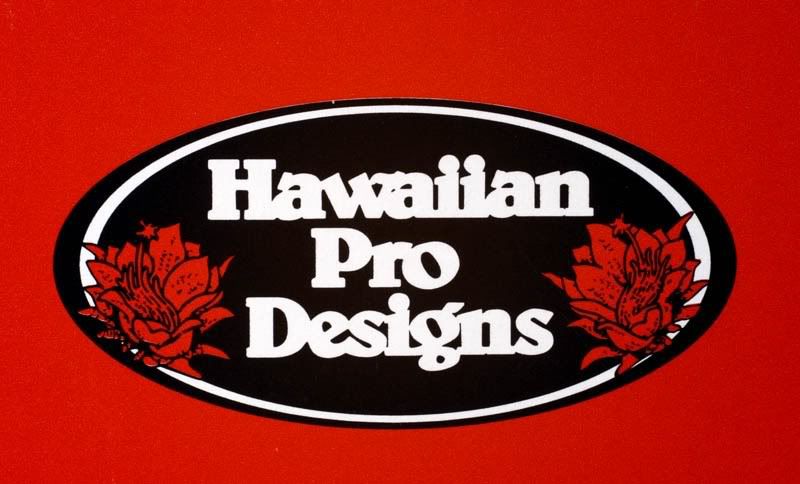
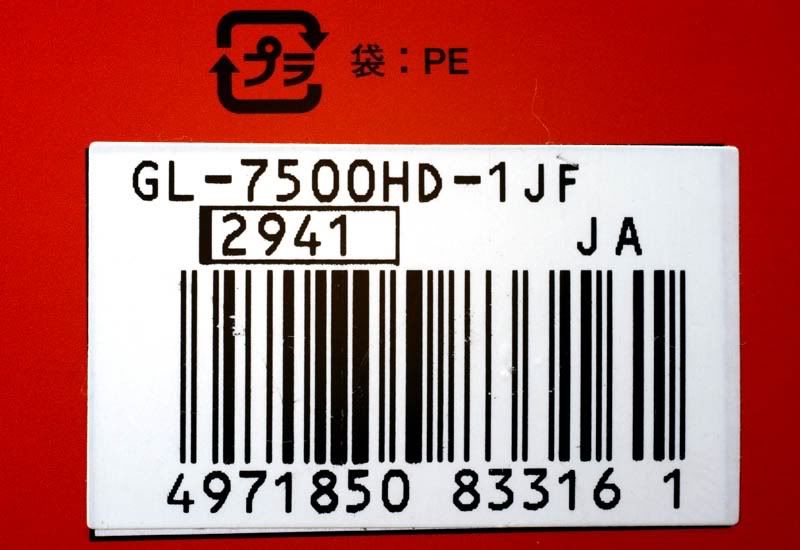

 Donald Takayama was around that time (mid 70’s) three time US Surfing Champion (1972, 1973, 1974). He was already using a redwood surfboard in 1948, when he was about 5 years old. So where do you find redwood in Hawaii? The answer is surprisingly simple, the railway.
Donald Takayama was around that time (mid 70’s) three time US Surfing Champion (1972, 1973, 1974). He was already using a redwood surfboard in 1948, when he was about 5 years old. So where do you find redwood in Hawaii? The answer is surprisingly simple, the railway.In the early 50’s Donald starts working for John Price, the owner and shaper of Surfboards Hawaii. In the mid 50’s he tries his luck in California. He saved enough money for a single ticket on a very cheap flight. He landed in LA with about $10 in his pocket. He started his famous Hawaiian Pro Design surf shop in Encinitas, but soon moved to Oceanside, where he still is active.

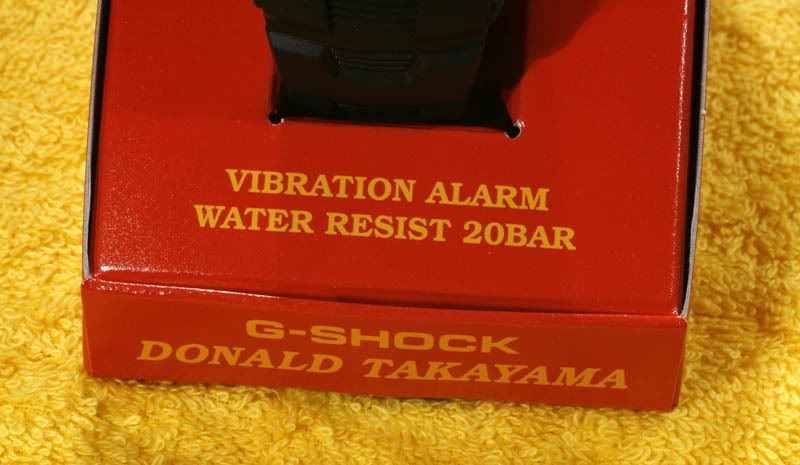 He makes about 12 different kinds of surfboards for California, but there are Takayama licensed boards build in Australia, Japan and France too. The demand of his surfboards is big. The boards are made at Surf Tech. Donald Takayama: "The boards are lightweight and very durable. You get what you pay for. The boards withstand a lot of abuse and they don't fall apart. The Surf Tech boards have longevity. They're like the family car." Is it me, or doesn’t that apply for G-Shocks too?
He makes about 12 different kinds of surfboards for California, but there are Takayama licensed boards build in Australia, Japan and France too. The demand of his surfboards is big. The boards are made at Surf Tech. Donald Takayama: "The boards are lightweight and very durable. You get what you pay for. The boards withstand a lot of abuse and they don't fall apart. The Surf Tech boards have longevity. They're like the family car." Is it me, or doesn’t that apply for G-Shocks too?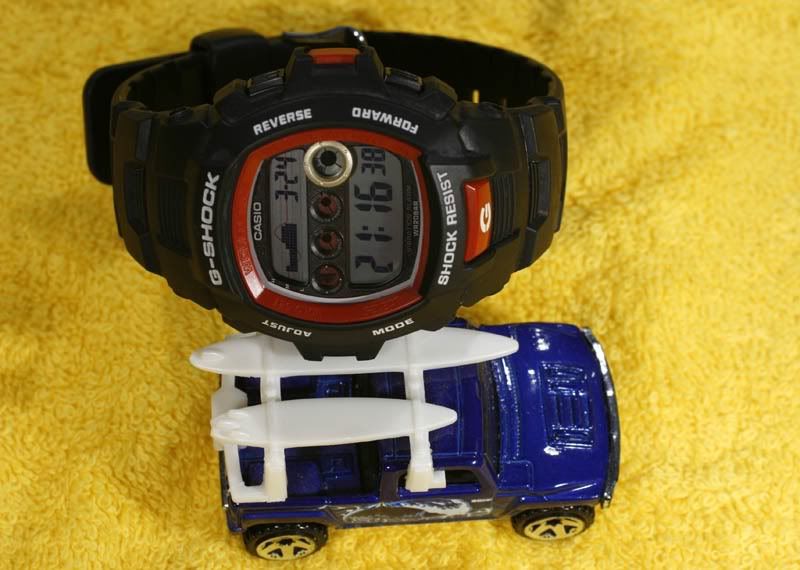
 In 2005 Donald Takayama designed two G-Shock models, based on the GL-7500. This black and red model was one of them. The other model was blue and white ( hmmm…).
In 2005 Donald Takayama designed two G-Shock models, based on the GL-7500. This black and red model was one of them. The other model was blue and white ( hmmm…).

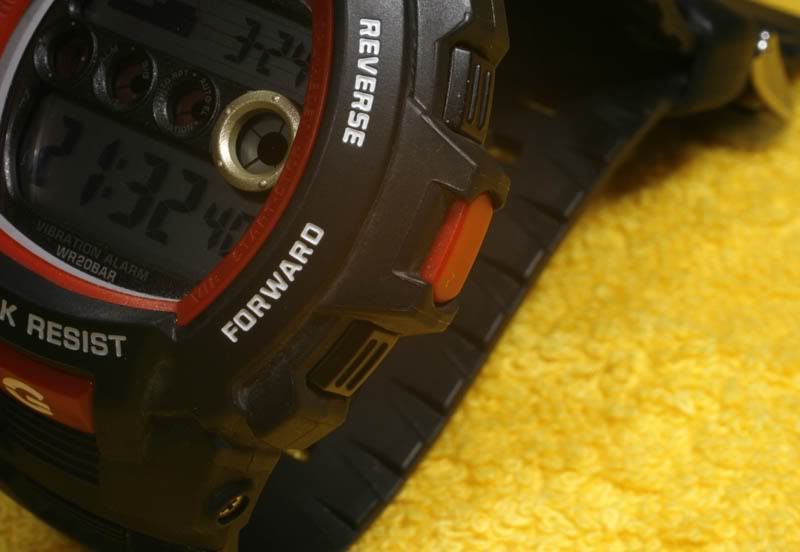 The GL-7500HD is part of the G-Lide series, Casio’s long running G-Shock series for board sports. While in other parts of the world other GL-7500 versions were released, in Japan only these two models were sold. It must be a pity for the Japanese market, because also the bright colored yellow, turquoise, light blue and red models looked pretty good.
The GL-7500HD is part of the G-Lide series, Casio’s long running G-Shock series for board sports. While in other parts of the world other GL-7500 versions were released, in Japan only these two models were sold. It must be a pity for the Japanese market, because also the bright colored yellow, turquoise, light blue and red models looked pretty good.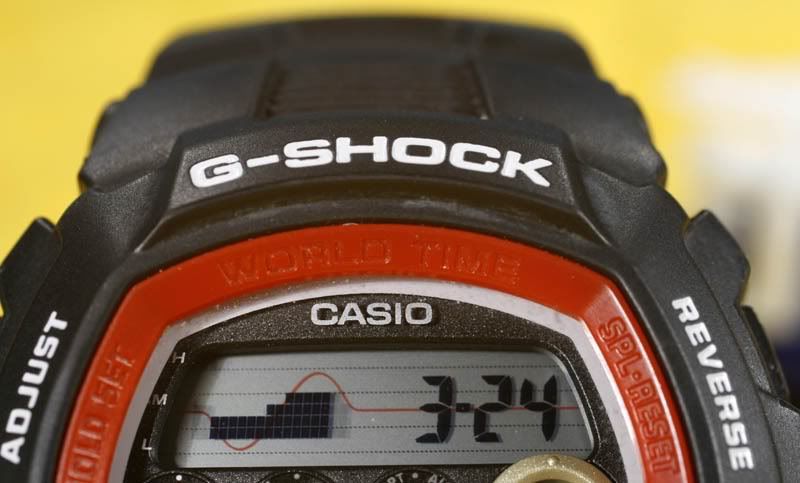 The GL-7500 was derived from the basic G-7500. The difference between the basic G-7500 and the G-Lide version is the Tidegraph on the G-Lide and the small display in the middle that has been replaced in the G-Lide model by two small eyes. The Tidegraph with Moon Phase function on the GL-7500 replaces the left out Data Memory function of the G-7500. The Moon Phase can be found in the left eye.
The GL-7500 was derived from the basic G-7500. The difference between the basic G-7500 and the G-Lide version is the Tidegraph on the G-Lide and the small display in the middle that has been replaced in the G-Lide model by two small eyes. The Tidegraph with Moon Phase function on the GL-7500 replaces the left out Data Memory function of the G-7500. The Moon Phase can be found in the left eye.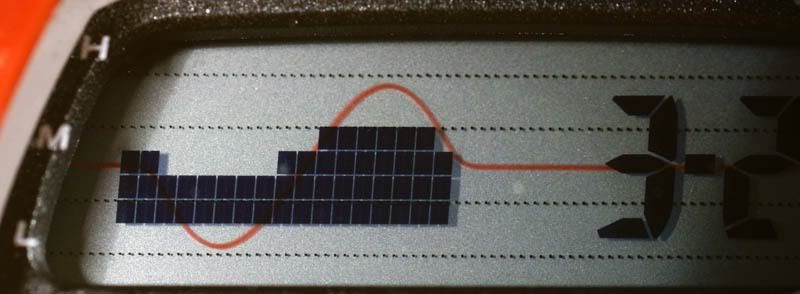 The G(L)-7500 were in April 2005 the first G-Shock models with a Vibration Alarm on-board. A month later Casio released the first Silencers. Besides the normal alarm signal, you can choose for a silent vibration signal. The vibration is strong enough to get noticed. It depends how deep you sleep if it would wake you, but I won’t take that risk. I always have the hourly signal on and I pretty much feel the signal on my wrist. I turn the Vibration Alarm off when I put the watch on my night stand. The buzzing sound of a vibrating watch on wood every hour is pretty annoying.
The G(L)-7500 were in April 2005 the first G-Shock models with a Vibration Alarm on-board. A month later Casio released the first Silencers. Besides the normal alarm signal, you can choose for a silent vibration signal. The vibration is strong enough to get noticed. It depends how deep you sleep if it would wake you, but I won’t take that risk. I always have the hourly signal on and I pretty much feel the signal on my wrist. I turn the Vibration Alarm off when I put the watch on my night stand. The buzzing sound of a vibrating watch on wood every hour is pretty annoying.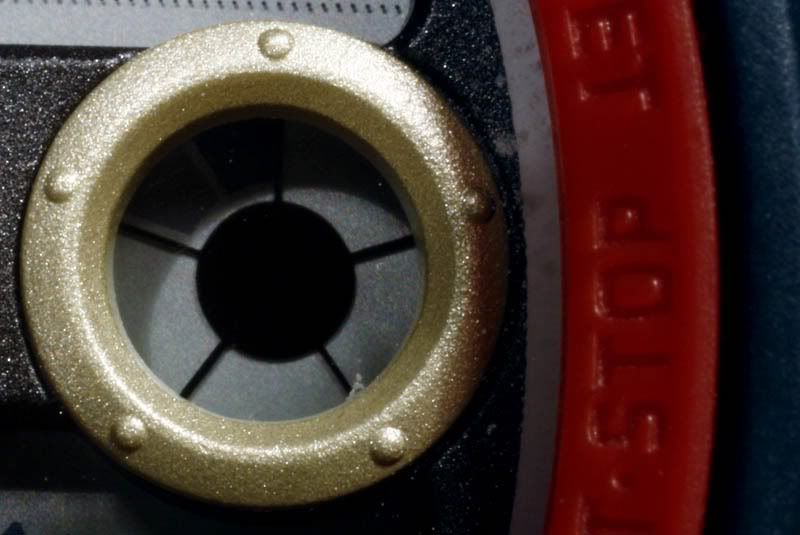
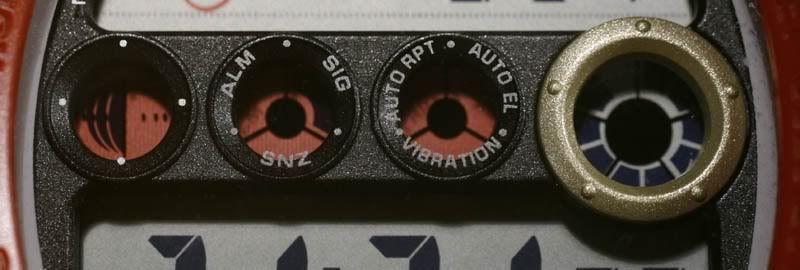
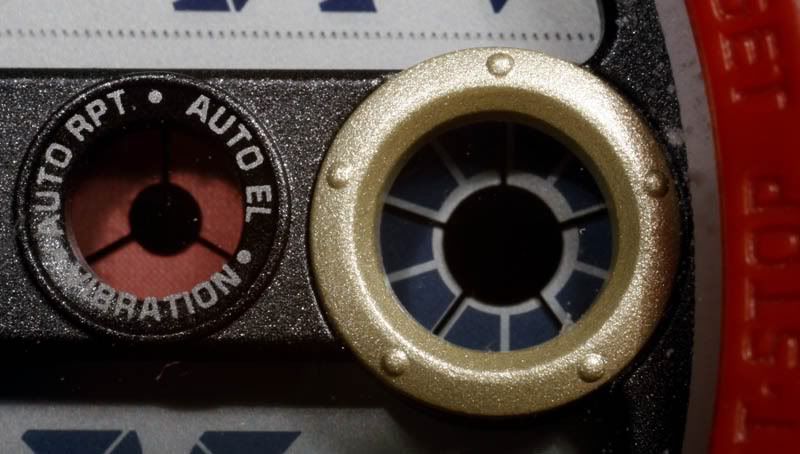
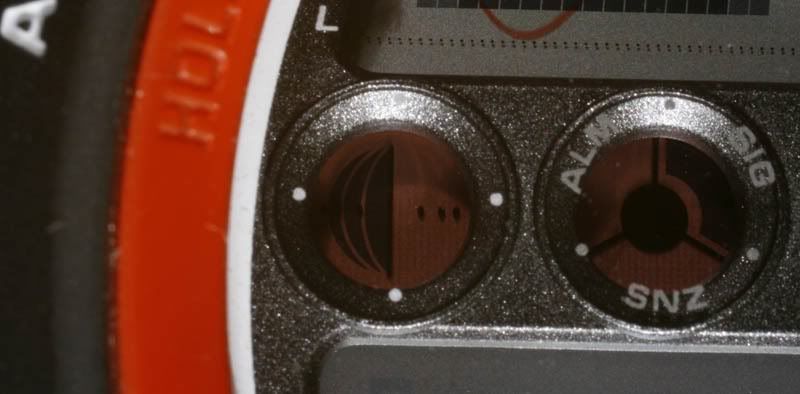 There is more that makes this model look different from other G-Shocks. Normally G-Shocks are operated with 4 or 5 buttons ( a few models only with 3), but this model has an extra 6th start button. It is the red button, placed between the other right buttons. Actually it is a bit of luxury on this watch, as on other 5 button operated G-Shocks the lower right button is used as a start button.
There is more that makes this model look different from other G-Shocks. Normally G-Shocks are operated with 4 or 5 buttons ( a few models only with 3), but this model has an extra 6th start button. It is the red button, placed between the other right buttons. Actually it is a bit of luxury on this watch, as on other 5 button operated G-Shocks the lower right button is used as a start button. A cool design point is that there seems to be an insert part in the bezel around the display. By using a different color of this insert, interesting accents can be made in the watch it’s look. I very much like the red accent in this Takayama model. The other Takayama model has a white bezel and a blue insert.
A cool design point is that there seems to be an insert part in the bezel around the display. By using a different color of this insert, interesting accents can be made in the watch it’s look. I very much like the red accent in this Takayama model. The other Takayama model has a white bezel and a blue insert.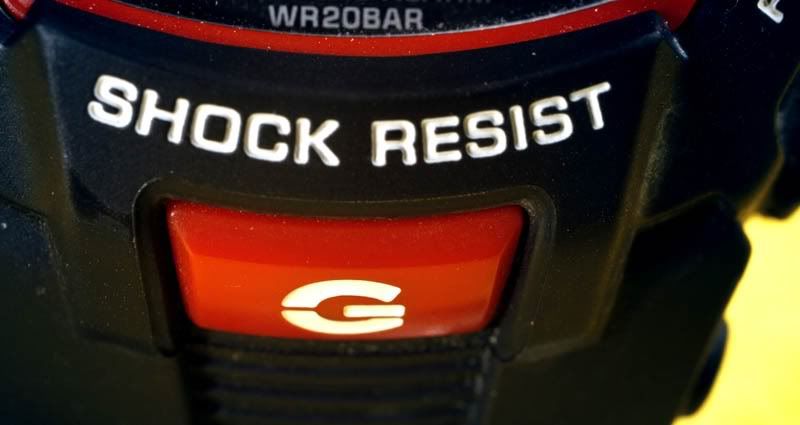 Like most G-Lide models, the GL-7500 (module 2149) has a pretty limited Countdown Timer. It can be programmed for maximum of 60 minutes in whole minute increments. The Stopwatch however has the normal 24 hour capacity.
Like most G-Lide models, the GL-7500 (module 2149) has a pretty limited Countdown Timer. It can be programmed for maximum of 60 minutes in whole minute increments. The Stopwatch however has the normal 24 hour capacity.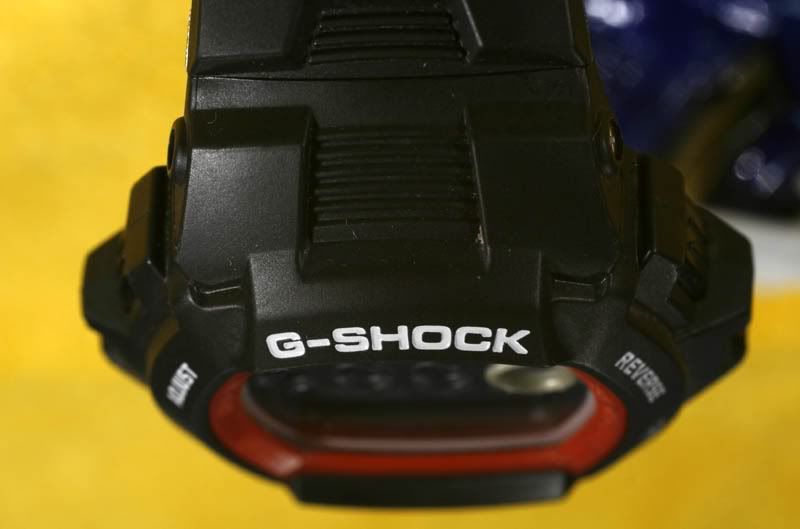
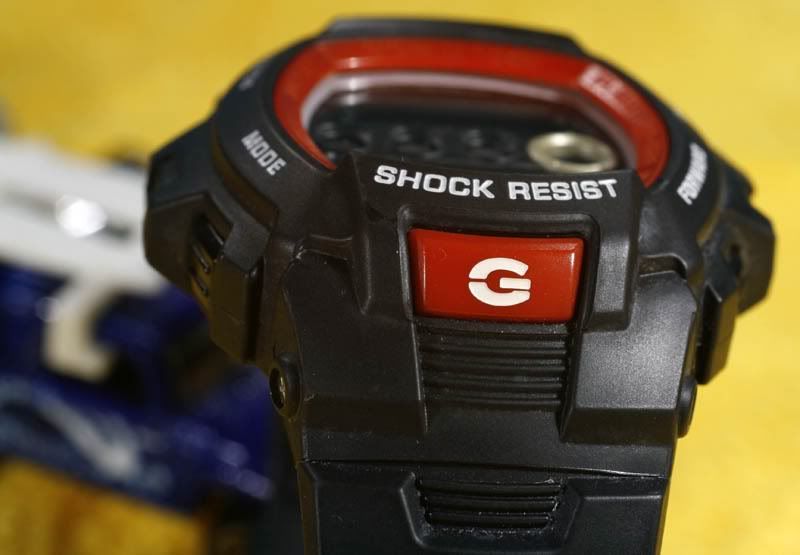 You cannot only view the current tide (if programmed with the right data), but in the Tidegraph view, you can watch the tide at any hour at any date. That’s handy when you are planning a trip along the coast hours or days ahead.
You cannot only view the current tide (if programmed with the right data), but in the Tidegraph view, you can watch the tide at any hour at any date. That’s handy when you are planning a trip along the coast hours or days ahead.
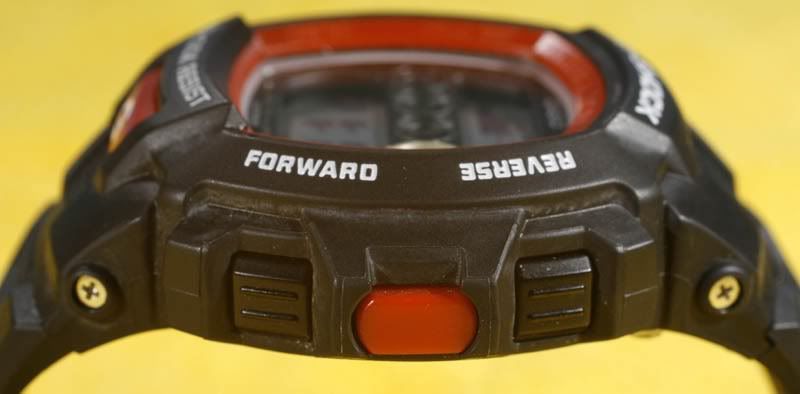 The Worldtime function is preprogrammed for 30 cities and time zones. You got to change DST manually. Not always very handy as you have to know when DST is applied.
The Worldtime function is preprogrammed for 30 cities and time zones. You got to change DST manually. Not always very handy as you have to know when DST is applied.  The strap seems to be made for water sports. There are grooves on the inside of the strap, allowing water to run out easily and for quick drying. This all to reduce the chance of skin irritation. The straps feels as comfortable as most resin G-Shock straps. The strap is a little stiff, but it adopts good to the wrist shape, so when strapped on you hardly notice it's on your wrist.
The strap seems to be made for water sports. There are grooves on the inside of the strap, allowing water to run out easily and for quick drying. This all to reduce the chance of skin irritation. The straps feels as comfortable as most resin G-Shock straps. The strap is a little stiff, but it adopts good to the wrist shape, so when strapped on you hardly notice it's on your wrist.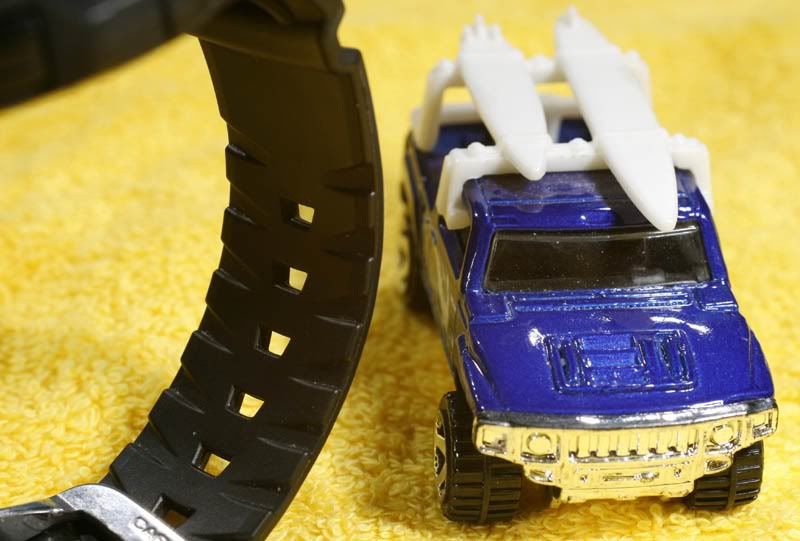 There are some grooved area's on the outside of the strap. Maybe it's a design to drain water from the case, but are probably mere a case of design. On the top side of the strap (with the buckle end) the series name G-Lide is printed. It seems that there not an actual logo for the series at the moment, but I prefer the logo that G-Shock used in the late '90's.
There are some grooved area's on the outside of the strap. Maybe it's a design to drain water from the case, but are probably mere a case of design. On the top side of the strap (with the buckle end) the series name G-Lide is printed. It seems that there not an actual logo for the series at the moment, but I prefer the logo that G-Shock used in the late '90's.
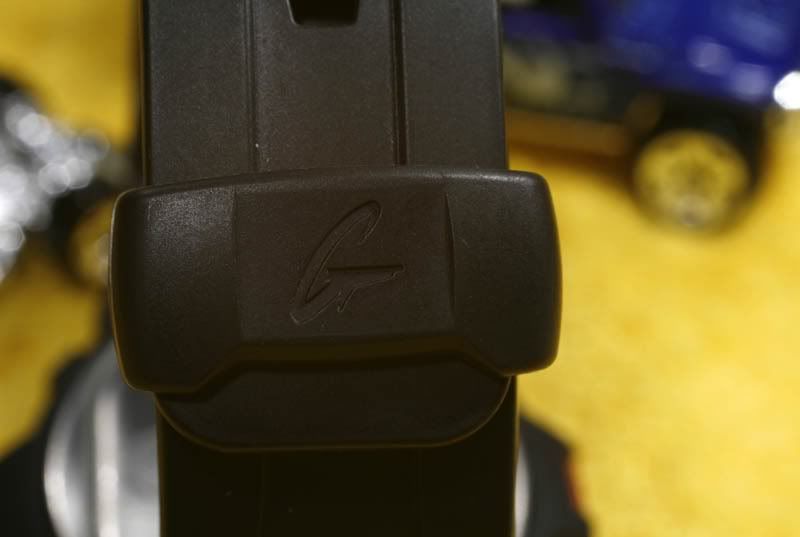 On the bottom strap the bird logo of Hawaiian Pro Design is printed. Oddly is a lighter tone than the G-Lide logo. The bird has the original color used by HPD, it would maybe more matching if the G-Lide logo had the same color tone.
On the bottom strap the bird logo of Hawaiian Pro Design is printed. Oddly is a lighter tone than the G-Lide logo. The bird has the original color used by HPD, it would maybe more matching if the G-Lide logo had the same color tone. 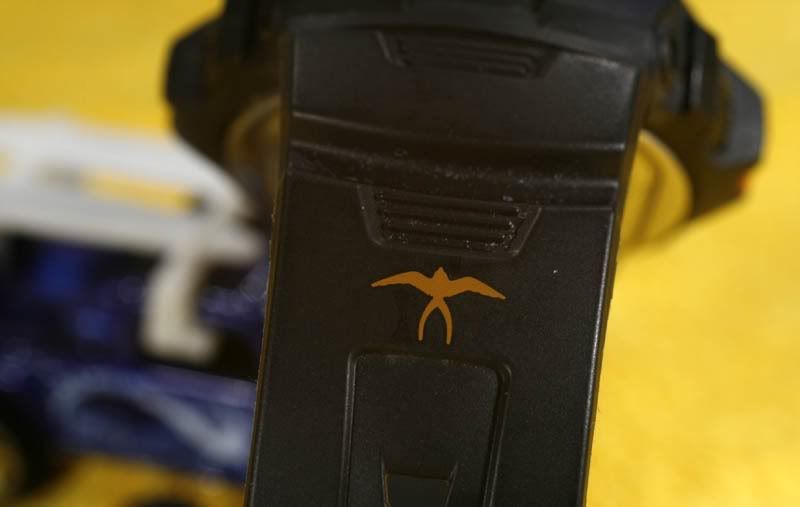 The GL-7500HD came in Japan in a beautiful red box (both models) with both the bird logo and the name logo of Hawaiian Pro Design printed on it. Also it shows the name Donald Takayama as designer of these models. A few months later (I believe in June 2005) the GL-7500HD-1JF was also sold as a very limited model in the US. It was advertised as a G-Lide model and was sold for about half the price of the Japanese model. Since I very much liked the red lining around the display, I bought one. I think I bought it for a very good price at Michael’s MSG-Distributors shop on eBay.
The GL-7500HD came in Japan in a beautiful red box (both models) with both the bird logo and the name logo of Hawaiian Pro Design printed on it. Also it shows the name Donald Takayama as designer of these models. A few months later (I believe in June 2005) the GL-7500HD-1JF was also sold as a very limited model in the US. It was advertised as a G-Lide model and was sold for about half the price of the Japanese model. Since I very much liked the red lining around the display, I bought one. I think I bought it for a very good price at Michael’s MSG-Distributors shop on eBay. For about $70.- or even less, you got exactly the same watch, but in a standard black cardboard G-Shock box. Even the logo of Hawaiian Pro Design is etched on the back of the watch.
For about $70.- or even less, you got exactly the same watch, but in a standard black cardboard G-Shock box. Even the logo of Hawaiian Pro Design is etched on the back of the watch. I am not sure about numbers, but both the Japanese as the US models sold out pretty fast, so I think it was produced is quite a limited run, in contrary to the other GL-7500 models that were sold worldwide and could be found for years in East Asia and Europe. I think I even spotted a red GL-7500 in a German 2009 catalog recently.
I am not sure about numbers, but both the Japanese as the US models sold out pretty fast, so I think it was produced is quite a limited run, in contrary to the other GL-7500 models that were sold worldwide and could be found for years in East Asia and Europe. I think I even spotted a red GL-7500 in a German 2009 catalog recently.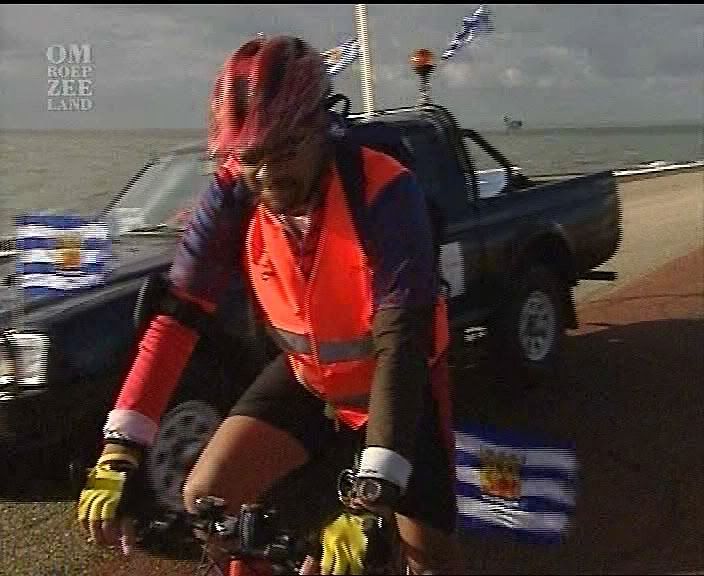 If you keep an eye open on the right places, you can find a GL-7500 for a friendly price. I bought a turquoise one for less than $40.- once from the WatchUSeek Sales Corner. Looking for thus specific model will be a lot harder. After it was sold out in 2006, I have not seen this model much around. I bought my first one when it came out in Japan from Seiya Japan or Higuchi-inc. The retail price of this model was 15000 yen. I think I paid around $125.- for it shipped. The model in most pictures was bought in the US for around $70.-. I wore this model while I was escorting the last runner of the Coastal Marathon of Zeeland 2006, because I wanted a model with a Tidegraph with me.
If you keep an eye open on the right places, you can find a GL-7500 for a friendly price. I bought a turquoise one for less than $40.- once from the WatchUSeek Sales Corner. Looking for thus specific model will be a lot harder. After it was sold out in 2006, I have not seen this model much around. I bought my first one when it came out in Japan from Seiya Japan or Higuchi-inc. The retail price of this model was 15000 yen. I think I paid around $125.- for it shipped. The model in most pictures was bought in the US for around $70.-. I wore this model while I was escorting the last runner of the Coastal Marathon of Zeeland 2006, because I wanted a model with a Tidegraph with me.

